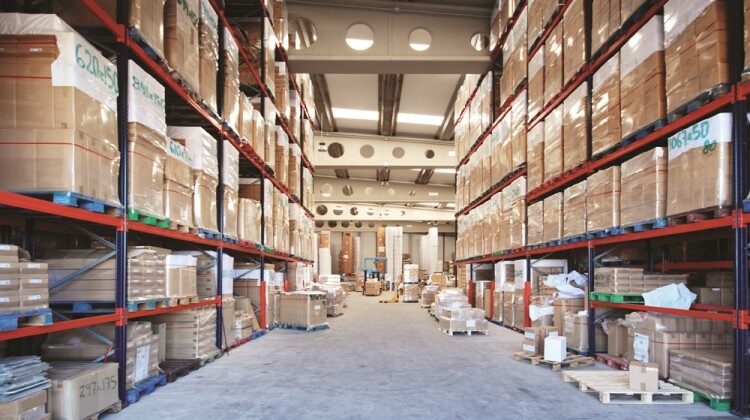
India’s Warehousing Sector booms with 50% surge in Q1 2025 Leases
NEW DELHI : India’s warehousing sector is experiencing a strong revival, with leasing volumes jumping 50% year-on-year in the first quarter of 2025 to reach 16.7 million square feet. This sharp increase is driven by a revitalized manufacturing sector and a rebound in e-commerce activity, reflecting growing investor confidence in the country’s dynamic logistics landscape.
The manufacturing sector spearheaded the growth, accounting for 48% of total warehousing space leased between January and March 2025—nearly twice the share recorded during the same period last year. This surge highlights the positive effects of India’s industrial policies and shifting global supply chains.
E-commerce companies also significantly expanded their warehousing footprint, with leasing activity soaring by 151%. Although this growth came from a smaller base, it signals a strong push toward scaling distribution networks, supported by rising digital retail penetration and improvements in freight and storage infrastructure.
India’s logistics transformation is gaining momentum, driven by the China-plus-one strategy, the ‘Make in India’ initiative, and the implementation of the National Logistics Policy.
As infrastructure development accelerates and states promote sustainable logistics ecosystems, the warehousing sector is increasingly poised to support India’s shift toward smarter, more efficient urban centres. The outlook remains optimistic, with growing demand for last-mile, tech-enabled warehousing solutions across diverse sectors.
The third-party logistics (3PL) operators recorded a modest 12 per cent growth. Their share of overall transactions dropped to 23 per cent, indicating a trend towards in-house logistics operations by manufacturers and e-commerce firms aiming to cut costs and reduce delivery times.
Mumbai topped leasing activity with 27 per cent share, amounting to 4.4 million square feet. Pune, Chennai, and the National Capital Region (NCR) followed, each accounting for 16–17 per cent. Manufacturing companies drove demand in Pune and Chennai, while NCR remained a 3PL stronghold.
Among emerging hubs, Chennai and Hyderabad stood out, registering growth of 154 per cent and 137 per cent respectively. This shift signals a strategic decentralisation of warehousing clusters in line with infrastructure enhancements and proactive state-level policies.
A clear shift toward Grade A facilities was observed, accounting for 59% of total leasing activity. As companies aim to align with international standards, there is rising demand for energy-efficient, structurally advanced, and digitally integrated warehouses.
